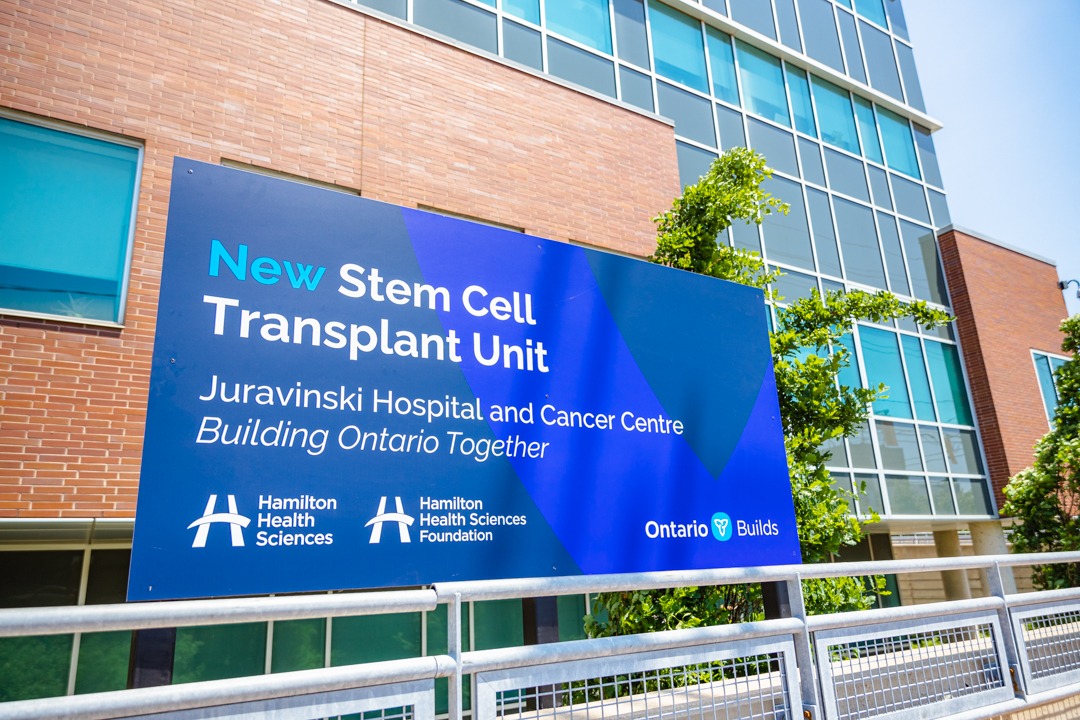

If it is successful, a bone marrow transplant may completely or partially cure your illness. Complete recovery can take up to a year and you must be extremely careful about not exposing yourself to infection during this time.
STEM CELL TRANSPLANT FULL
There are serious risks because your immune system will not be working at full strength while you recover. Side effects include tiredness, nausea, vomiting and diarrhoea. The process takes about an hour but you will need to stay in hospital for some weeks to allow your immune system to recover. The tube will remain in your chest for around six months. A tube will be placed into your chest through which you will receive fluids, nutrients and medication. Pre-hospital checks include a dental examination, heart check, chest and lung assessment, bone scan and blood tests.


It is used to treat diseases such as leukaemia, and certain blood or immune deficiency diseases. Your nurse will give you extra calcium through a drip if this happens.This procedure involves removing diseased bone marrow and replacing it with healthy bone marrow stem cells. This happens if your calcium level gets low during your collection. You might feel very tired after having your stem cell collection. They are collected and frozen until after your high dose treatment. The machine filters the stem cells out of your blood. Stem cell transplants are the most common type of transplant. A bone marrow transplant uses stem cells from your bone marrow, or a donor’s bone marrow. This is also called a peripheral blood stem cell transplant.

It goes through the machine and back into your body through the other drip. A stem cell transplant uses stem cells from your bloodstream, or a donor’s bloodstream. Your nurse puts a drip into each of your arms and attaches it to a machine. Collecting the stem cells takes 3 or 4 hours. When there are enough cells, your nurse collects them. On the collection dayĪfter your growth factor injections, you have blood tests every day to see if there are enough stem cells in your bloodstream. Sometimes you might have low doses of chemotherapy with the growth factor injections. You have daily injections of growth factor for between 5 and 10 days. Growth factors are natural proteins that make the bone marrow produce blood cells. You have injections of growth factors before, and sometimes after, the stem cell transplant. In some cancer centres, you may stay at home or in a hotel near the hospital for some of this time. It depends on your individual situation, including how quickly your blood cells recover and how well you are. You may stay in hospital for a few weeks after a stem cell transplant.


 0 kommentar(er)
0 kommentar(er)
